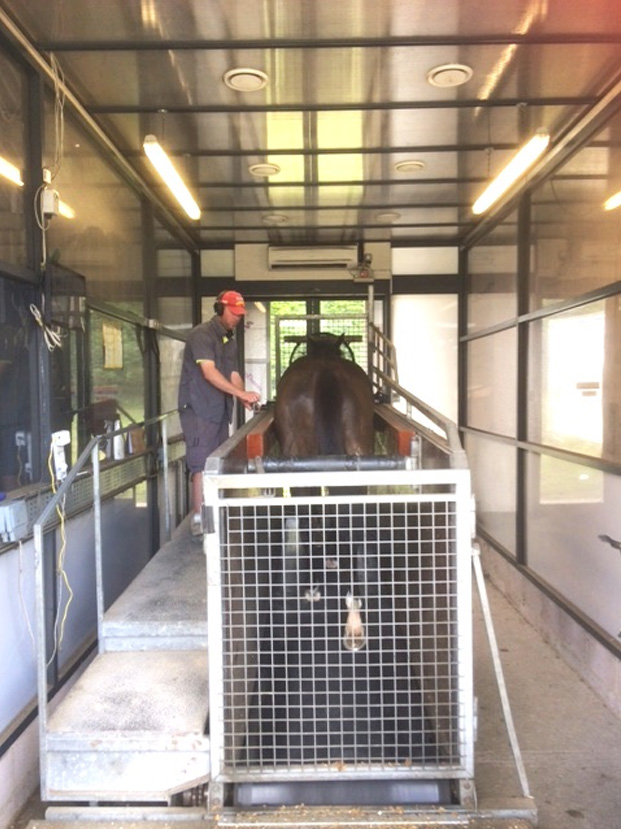
Equine Altitude Training
The focus of training using simulated altitude on a high-speed treadmill is not necessarily fast work. Horses may continue to do their fast work on the gallops where the ability to condition the fast twitch element of muscles at speed is paramount.
The ATS enables the horses to do their threshold work on the treadmill at altitude. This allows them to do very challenging cardio-vascular work at relatively low speeds. It provides another benefit in terms of protecting the horse’s legs while building up maximum stamina and strength.
The air control equipment can also be used to power altitude stables alongside a training chamber if you are seeking to gain the advantages that athletes find from “train high, live low”. And, as horse men and women, we have no doubt that you have all heard stories of horses returning from the White Turf of St. Moritz (1600M) to run above previous form on their return.
Simulated altitude training is already proving successful with horses using a high-speed treadmill inside an altitude chamber and gives racehorses a significant advantage in their racing preparation. Given the reduced oxygen environment, the horse’s cardiovascular system is forced to adapt.
The result is a more efficient, increased oxygen carrying capacity when returning to sea level. Another benefit of training at altitude is an improvement in lactate buffering. The ability to buffer lactate is key to racecourse performance as lactate accumulation is the primary limiting factor in races.
As the cardiovascular system is forced to adapt and work harder at altitude the horse is able, and in fact must, work at a lower intensity to deliver the same stimulus required at sea level thus causing less wear and tear on the musculoskeletal system which can prolong the career of an athlete.

“At altitude, the horse can work at a much lower speed to get the same cardio-vascular response.”
Jeremy Gask, Trainer of Medicean Man
Have a question? Give us a call on +44 (0)1458 251300


